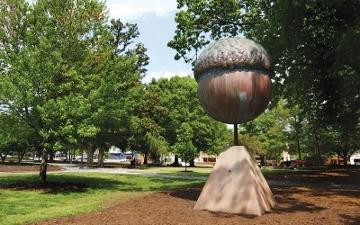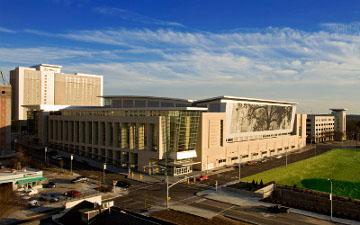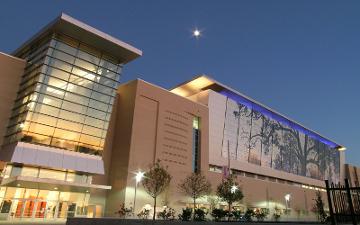
Advances in Constitutive Modelling of Metal Forming Processes across Different Lengthscales
Robertt Valente, Ivaylo Vladimirov, Ricardo Alves de Sousa
The importance of metal forming processes in modern technology lies in the easiness with which complex shapes are produced by using the remarkable property of metals to plastically deform. Metals and their alloys are perhaps the most important class of materials used in engineering and technology, for which several important scales can be identified. The structure of a technical product commonly defines its macroscopic level, whereas the microscale is characterized by a large number of grains with different crystal orientations. In the metal forming industry, finite element simulations have played an important role in shortening the design cycle and reducing the pre-production costs of designing new products. The accurate modelling and simulation of the material response during forming operations requires the use of appropriate constitutive models, capable of realistically describing typical phenomena such as springback, texture, evolving anisotropy, thinning, etc. Additionally, in order to understand and predict the material behavior, it is very important to comprehend the mechanisms taking place at the different scales and their influence on the macroscopic properties of the technical product. The goal of this invited session is to bring together scientists working in the broad field of computational plasticity across different scales, with a direct or potential application to metal forming simulations. The different topics under discussion range for instance from material models (and their computational implementation) based on dislocation microstructures in single and polycrystal plasticity, up to complete simulations of forming processes based on advanced continuum mechanical models motivated by the physics of the underlying scales. Within this scales range, advanced and challenging topics such as anisotropy and softening effects, texture development, complex loading paths, springback, etc. are intended to be discussed. Advanced materials such as TWIP/TRIP steels, high performance aluminium and magnesium alloys, for instance, will be of particular interest. A particular emphasis on the computational implementation of these models, along with the subsequent experimental validation, will be carried out.










